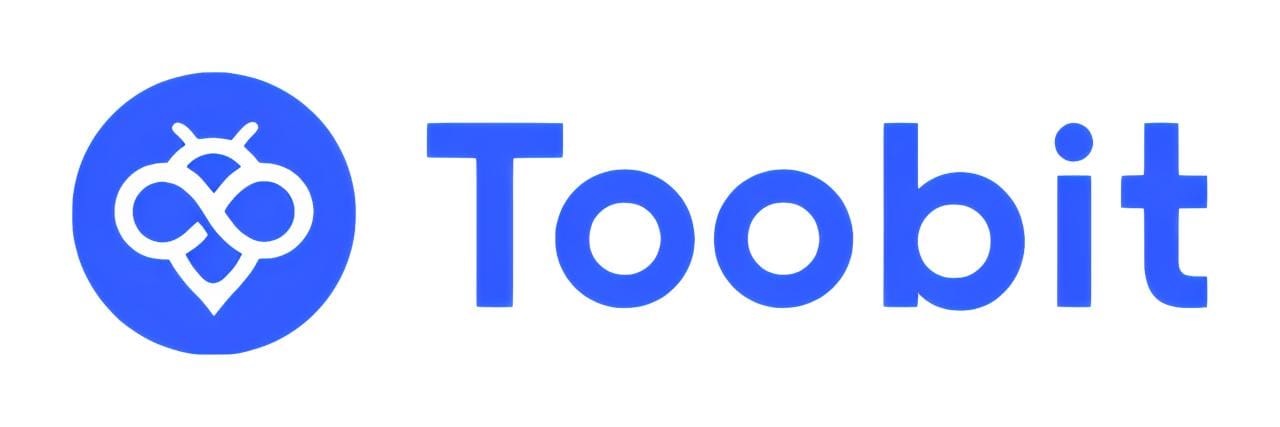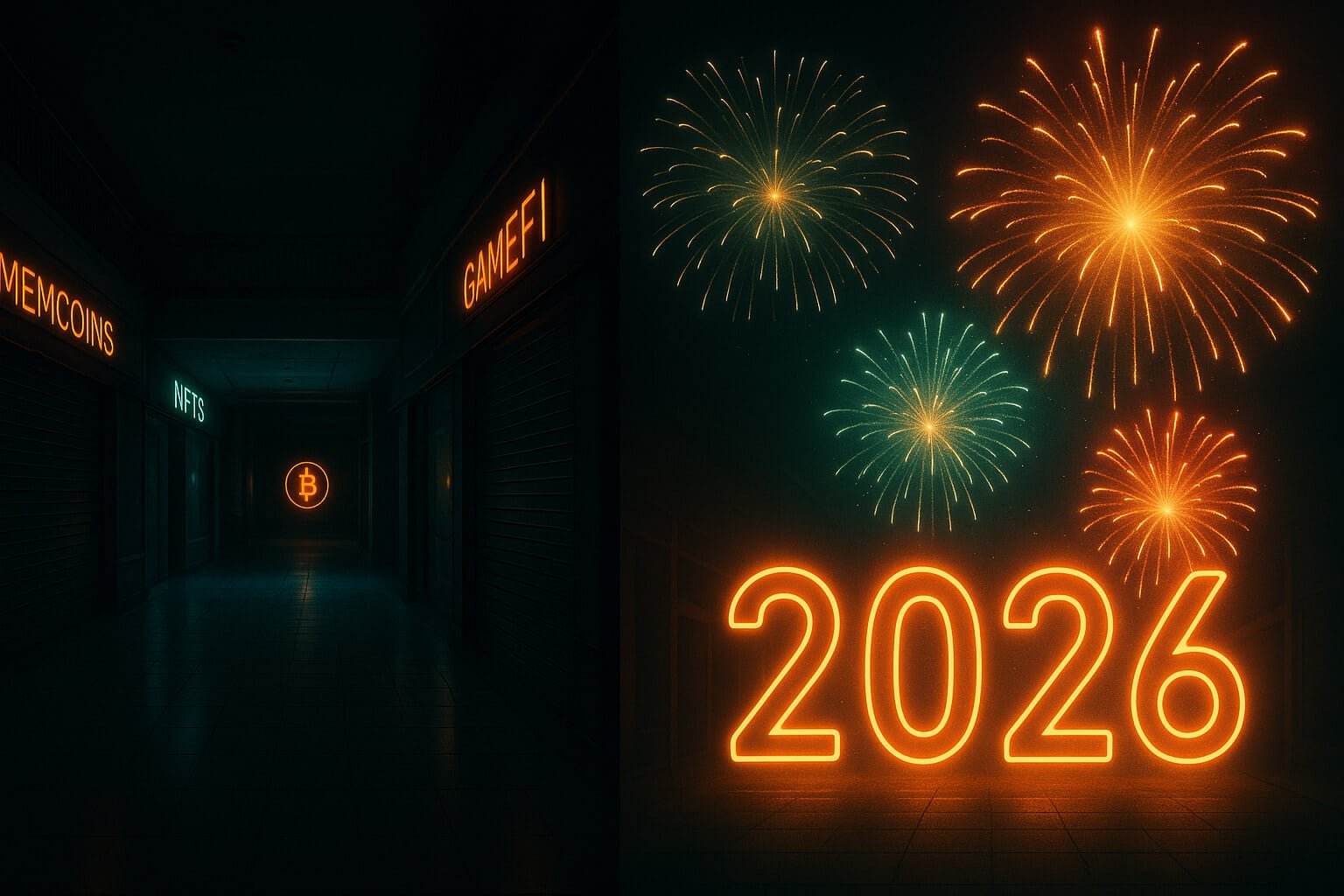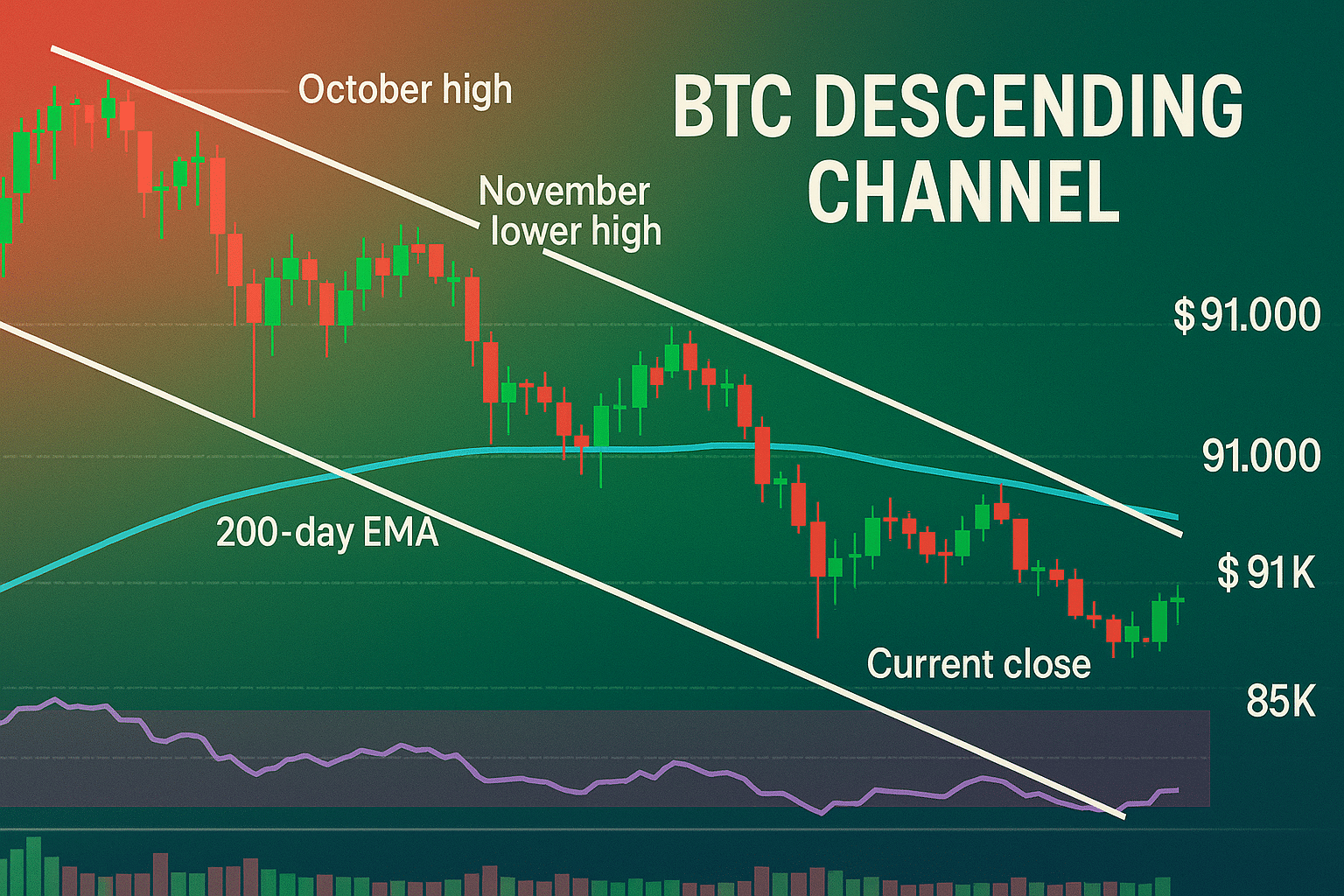1. Introduction: The NFT Boom
The rise of Non-Fungible Tokens (NFTs) has revolutionized the digital art and collectibles market, offering creators a new way to monetize their work. Whether you’re an artist, musician, writer, or digital content creator, NFTs provide a platform to showcase and sell your unique digital assets to a global audience. But how exactly do you create and sell NFTs? This guide will walk you through the process, from minting your first NFT to successfully marketing and selling it.
Why NFTs?
NFTs represent a groundbreaking innovation in the digital world, allowing creators to prove ownership, create scarcity, and earn royalties on their work. Understanding the NFT creation process is essential for anyone looking to tap into this growing market.
2. What Are NFTs?
Before diving into the creation process, it’s essential to understand what NFTs are. NFTs are unique digital assets that exist on a blockchain, most commonly the Ethereum blockchain. Unlike cryptocurrencies such as Bitcoin or Ethereum, NFTs are non-fungible, meaning each token is unique and cannot be exchanged on a one-to-one basis with another NFT. NFTs can represent digital art, music, videos, virtual real estate, and other digital or physical assets.
- Key Characteristics of NFTs:
- Uniqueness: Each NFT is one-of-a-kind and cannot be duplicated.
- Ownership: NFTs provide verifiable proof of ownership on the blockchain.
- Transferability: NFTs can be bought, sold, and traded on various online marketplaces.
- Royalties: Creators can earn royalties on secondary sales of their NFTs.
3. How to Create Your Own NFTs
Creating an NFT involves several steps, from choosing the right blockchain to minting the token and listing it for sale. Here’s how you can get started:
3.1 Choose Your Blockchain
The first step in creating an NFT is choosing the blockchain on which you want to mint your NFT. The most popular blockchain for NFTs is Ethereum, but other options include Binance Smart Chain, Flow by Dapper Labs, and Tezos.
- Ethereum: The most widely used blockchain for NFTs, offering robust security and a large user base.
- Binance Smart Chain: A more cost-effective alternative to Ethereum with lower gas fees.
- Flow: Designed specifically for NFTs and digital collectibles, used by platforms like NBA Top Shot.
- Tezos: An energy-efficient blockchain with lower transaction fees, appealing to environmentally conscious creators.
3.2 Set Up a Digital Wallet
To create and sell NFTs, you’ll need a digital wallet to store your cryptocurrency and manage your NFTs. Popular wallet options include:
- MetaMask: A widely used Ethereum wallet available as a browser extension and mobile app.
- Trust Wallet: A mobile wallet that supports multiple blockchains, including Ethereum and Binance Smart Chain.
- Coinbase Wallet: A user-friendly wallet integrated with the Coinbase exchange, making it easy to manage your crypto assets.
Once you’ve chosen a wallet, you’ll need to fund it with cryptocurrency (usually Ether) to pay for transaction fees during the minting process.

3.3 Choose an NFT Marketplace
Next, you’ll need to select an NFT marketplace where you can create, mint, and sell your NFTs. Some of the most popular NFT marketplaces include:
- OpenSea: The largest NFT marketplace, offering a wide range of digital assets, including art, collectibles, and domain names.
- Rarible: A decentralized marketplace that allows users to create and sell NFTs without needing approval from a central authority.
- Mintable: A user-friendly platform that offers both gasless minting and traditional Ethereum-based minting.
- Foundation: An invitation-only platform for digital art and creative works, known for its high-quality listings and curated content.
3.4 Create Your Digital Asset
Now it’s time to create the digital asset you want to turn into an NFT. This could be a piece of digital art, a music track, a video, a 3D model, or any other digital creation. Ensure that your file meets the requirements of the NFT marketplace you’ve chosen, as each platform may have different file format and size limitations.
- File Formats: Common formats include JPG, PNG, GIF, MP4, and MP3.
- File Size: Check the maximum file size allowed on the platform—most platforms support up to 100MB, but some may allow larger files.
3.5 Mint Your NFT
Minting is the process of turning your digital asset into a unique NFT on the blockchain. Follow these steps to mint your NFT:
- Upload Your File: On your chosen NFT marketplace, upload the digital file you want to mint as an NFT.
- Add Metadata: Fill in the details of your NFT, including the title, description, and any properties or attributes that make your NFT unique (e.g., rarity, edition number).
- Set Royalties: Decide on the percentage of royalties you want to receive from secondary sales of your NFT.
- Pay the Gas Fee: Complete the minting process by paying the required gas fee using your digital wallet.
Once minted, your NFT will be added to the blockchain, and you can list it for sale on the marketplace.
4. How to Sell Your NFTs
After minting your NFT, you’ll want to list it for sale and market it to potential buyers. Here’s how to get started:
4.1 Set a Price
You can choose to sell your NFT at a fixed price or set up an auction where buyers can place bids. Consider the following options:
- Fixed Price: Set a specific price for your NFT. This option is straightforward and appeals to buyers who want to purchase immediately.
- Auction: Allow buyers to place bids on your NFT over a set period. The highest bidder wins the NFT when the auction ends.
4.2 Promote Your NFT
To maximize visibility and attract buyers, you’ll need to market your NFT. Here are some strategies to consider:
- Social Media: Share your NFT on social media platforms like Twitter, Instagram, and Discord to reach a broader audience.
- NFT Communities: Join NFT-specific communities and forums where collectors and enthusiasts gather to discover new NFTs.
- Collaborations: Partner with other artists or influencers to promote your NFT to their followers.
4.3 Manage Sales and Royalties
Once your NFT sells, the funds will be transferred to your digital wallet. If you’ve set up royalties, you’ll also earn a percentage of future sales each time your NFT is resold on the marketplace.
Conclusion: Start Creating and Selling Your Own NFTs Today
The world of NFTs offers endless opportunities for creators to monetize their digital work and reach a global audience. By understanding the steps involved in creating and selling NFTs, you can tap into this exciting market and showcase your unique creations. Whether you’re a seasoned artist or a digital novice, NFTs provide a powerful platform for innovation and expression.
For more insights and detailed guides on NFTs, explore our NFTs basic Guides section.
Stay Updated
For the latest updates on NFTs and digital art trends, follow us on:
Stay informed with the latest strategies and insights in the world of NFTs at FreeCoins24.io.
Special Offer
Ready to mint and sell your NFTs? Sign up on Bybit today and take advantage of up to $30,000 in deposit bonuses. Start your NFT journey with a trusted platform.

















